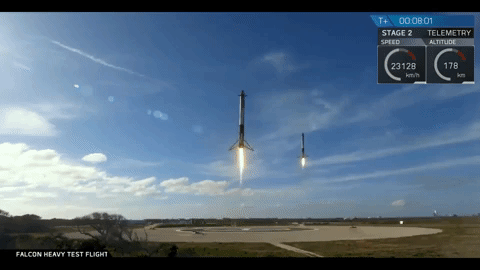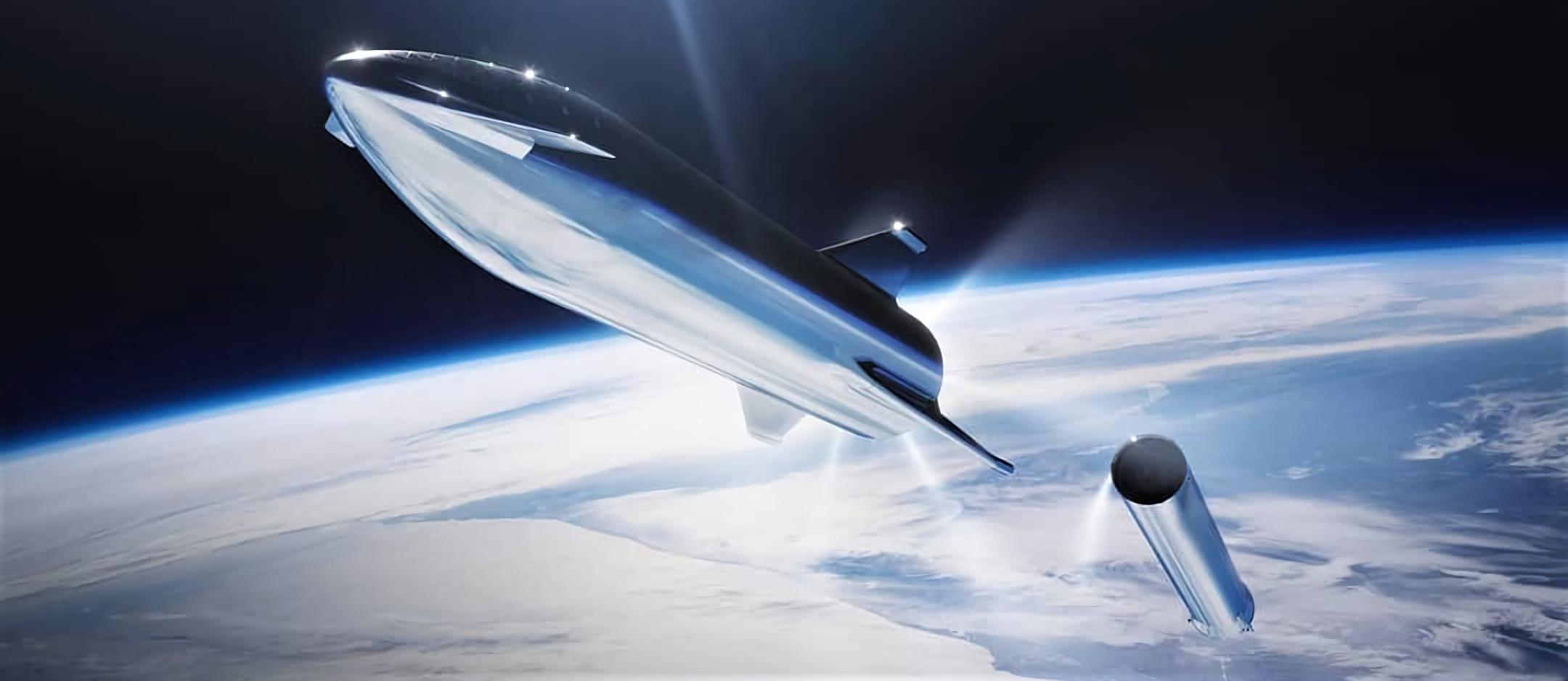
SpaceX's Starship Superheavy...and what it means for the future
Personal
April 12, 2022
- SpaceX
- Starship
- Superheavy
Universe Full Of Wonders
Anyone who knows me knows that I whole-heartedly love space. The wonders of space, how infintely large it is, how infinitely small us Humans are, the fact that the universal is over 13 billion years old, etc. There's mindblowing facts about space that is humbling, yet horrifying like
- The same chemical element (Carbon) that makes the universe is also found in humans. So while we live in the universe, the universe lives in us. (Direct quote from Neil DeGrasse Tyson)
- The closest habitable planet (without any manmade works) is in a galaxy that's called Proxima Centauri, which is over 80,000 years from us
- There's planets out there that are just now recieving the light from the impact of the asteriod that made dinosaurs go extinct 65 million years ago
Stargazing is one of my favorite past-times. I'll always be down to take a trip to a low-light environment and just look up for hours. Being in a low-light environment theraputic and almost spirtual in the sense that we get to visually see what we're a part of. But SpaceX wants get us even closer to space.
SpaceX's Mission
From the beginning, SpaceX's mission has been to Mars habitable for humans. While it will definitely take work to make it a norm to "take a trip to Mars", they seem to being pushing the envelope for the better part of two decades to get there. And it all started with the visionary idea of reusable rockets.
SpaceX's Falcon 9
Falcon 9 is the first orbital class rocket capable of reflight. From today's date, it has over 100 succesful launches and landings. The design of Falcon 9 is a two-stage rocket, first being the main stage which brings the unit into suborbit and the second stage being what places the payload into orbit. The first and second stage will seperate after MECO (or "Main Engine Cut Off") and the first state will use the power of software to autonomously guide itself into a landing zone. We've becomed used to the idea of it now, but just take a moment to realize what is happening.
A rocket taller than a 17-story building is falling from the sky...then landing itself.

Reusable rockets have opened a new door to how we look at space. The cost of anything space-related as astronomically high, considering there was no previous way to recover rockets. While SpaceX missions are still in the 10's of millions, that's exponentially lower than what is was before. That means delivering higher payloads (including humans) for much cheaper.
Doors Opening For Bigger Missions
The Falcon rocket opened up a new world of opportunities for the company and the general public's opinion regarding how we should look space. Suddenly, the idea of space travel seems more tangible thing. Saving costs with rockets created a new path for SpaceX to explore more ideas and rockets.
And with that comes their latest & greatest rocket, the Starship Superheavy.

Starship is the world's first fully reusable rocket system. SpaceX created a revolutionary multi-stage rocket system that only needs two stages can both land themselves. This is a huuuuge leap forward in regards to human space travel. The best way to describe Starship is "Airplanes get humans from Boston to LA like Starship will get humans from Earth to Mars." Since Starship is the first fully reusable rocket, that means everything needed to travel in space is all-in-one.
Fun Fact: Starship uses a new engine called the "Raptor" engine. The updated engine differs from Falcon's "Merlin" engine in the sense that it now uses Methane as it's fuel. They chose to develop an engine that opperates from Methane because Mar's surface can produce it so being able to refuel is much easier.
Starship has an interesting landing sequence. It resembles a skydiver in the sense of free-falling to it's landing location. Then using software & sensors, it will calculate when to activate it's landing process & do a flip-maneuver. It'll then power on it's Raptor engine to slow itself down and guide itself to a safe landing.

Practial Use Cases
Starship has a huge step-up in payload sizes as well. Falcon has the ability to deliver about 50,000 kgs of payload to low Earth orbit while Starship can do more than double of that. Falcon is about $2000 per kg to send to orbit, while long-term planning for Starship is less than $100. That means more things to in space that can support us on Earth, as well as more frequent orbit flights.
Another use case for Starship is interplanetary travel. Starship would have the ability to make trips from city to city, essentially replacing airplanes as a whole. And since Starship is capable of going into orbit, this changes the idea of travel completely. Now that we can go up into space and travel without any constraints, Starship can travel from any point on Earth in less than ONE HOUR. Imagine a world where you live in NYC and you can be in Tokyo in less than one hour! That changes everything!
You can watch a simulation of what that might look like here.
Starship is going to change the future of how we look at space. And at a certain point, it will become the norm. As someone who loves space, loves software, and loves the concept of aero-engineering, it's been an absolute thrill to see SpaceX operate. They're making people excited for the future again!